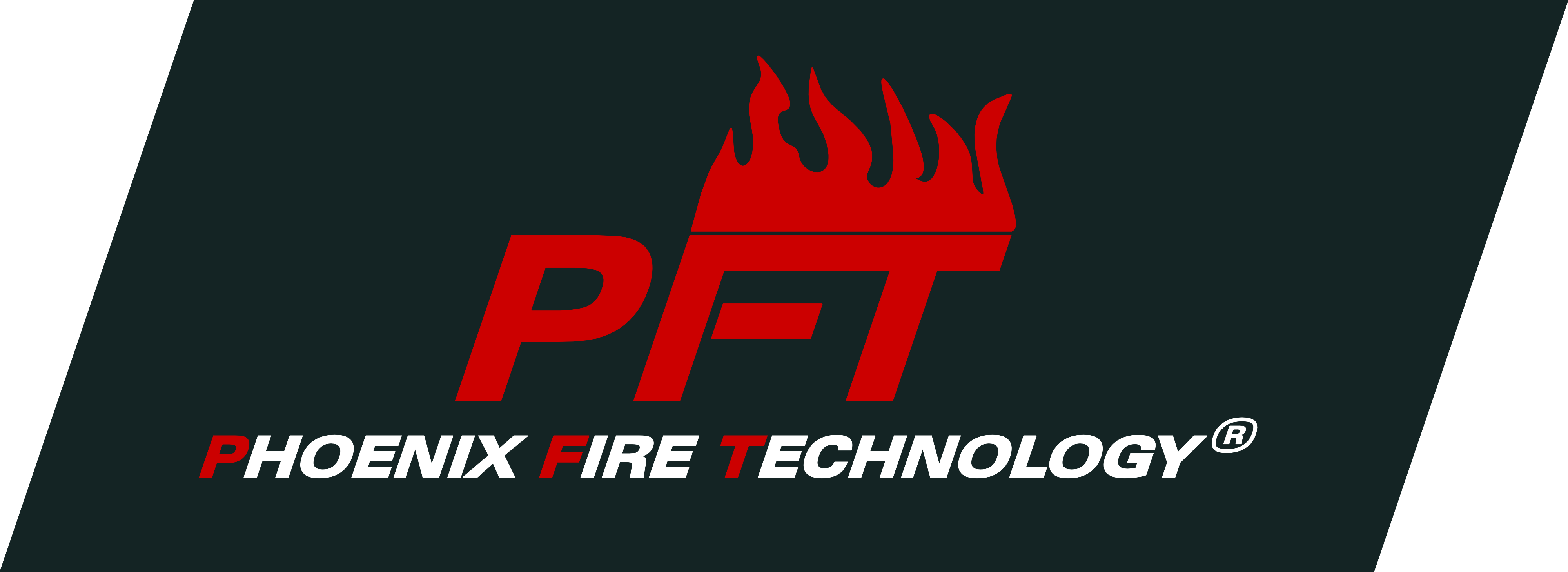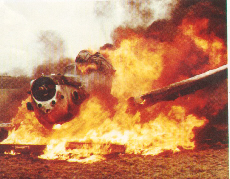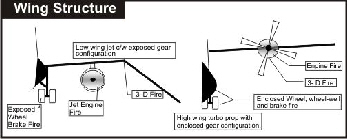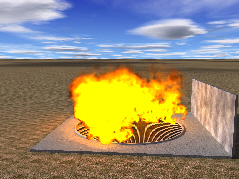



Aircraft Fire Trainers need not simply be “mock ups” of intact aircraft. The Aircraft Hot Fire Training System can incorporate such features as broken wing, detached engine fire, and tilted fuselage to make passenger extrication more challenging.
Creating a safe and realistic fuel spill is not easy. We use Liquid LPG and the patented water bath technology to create a realistic fuel spill whilst reducing by more than 1/3rd the gas consumption. It is a very important factor when considering the maintenance and operational costs of the Training System and a significant reduction in the required LPG storage thus reducing cost of initial system outlay.
The fuel spill is highly realistic and flame height can be easily adjusted. The fuel spill is broken in to sectors which can be ignited singly or simultaneously or one after the other to give the impression of a spreading fire.
Typically, a fuel spill channel will run from under the wing / wing engine to the main fuel spill sectors, enabling the fire to apparently spread from the wing to simulate a ruptured wing tank.
As for all of our training systems, the whole operation is computer controlled with
pre-programmable fire training scenarios. Environmentally friendly, non toxic smoke
may also be introduced to add realism. We can monitor the volume of extinguishing
agent aimed at the fire and monitor the temperature drop over time and allow the
fire to spread should an incorrect technique be applied.
From a design point of view, it is very important that the fuel spill baths be exactly level with the correct location of pilot burners and main fuel supplies. To ensure a safe and correct design, Phoenix should be in close touch with the consultant or Civil’s contractor from the earliest stage.
Aircraft Crash Trainers and Fuel Spill
